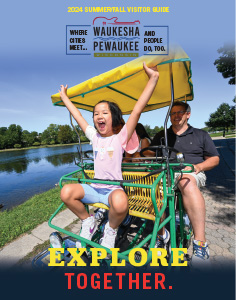About WPCVB
Dedicated to bringing you the best experience.
When you visit our cities, the Waukesha Pewaukee Convention and Visitors Bureau is here to make sure your can find the information you need to enjoy your time here. Our dedicated team and board of directors encourage business, fun, and more in Waukesha Pewaukee. Meet the bureau and discover how we help bring people together.
Meet Our Team
The Waukesha Pewaukee Convention and Visitor Bureau (WPCVB) employs four full-time employees and receives support from several volunteers.
Tammy Tritz
Executive Director
tammy@visitwaukesha.org
Susan Schoultz
Marketing Manager
susan@visitwaukesha.org
Our Board of Directors
The Board of Directors is responsible for the development and implementation of the organization’s strategic vision on behalf of the local tourism industry. Board seats are staggered for one to three-year terms.
Lori Fabian
President
Attorney
Hippenmeyer, Reilly & Blum, S.C.
Teri Adlam
Immediate Past President
Bob Kabitzke
Treasurer
Financial Advisor
Scrima, Kabitzke & Co., S.C.
Andie Todd
Associate Hospitality Dean
Waukesha County Technical College
Christina Tofte
Owner
Tofte’s Table
Jesse Wilder
General Manager
The Ingleside Hotel
WPCVB Affiliations
WPCVB is proud to partner with a variety of associations and organizations. Meet our current affiliations or get in touch to see how your organization can work with WPCVB!
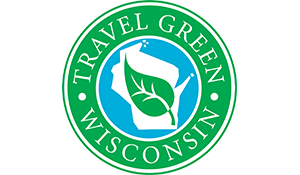



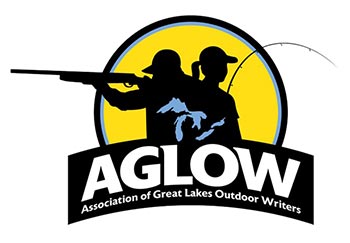

Waukesha History
The city of Waukesha, originally known as Prairie Village, was lush with forestry and prairies along the banks of the Fox River, the first home to resident Indian tribes like Sauk, Menomonie, Winnebago and Potawatomi. These tribes’ prehistoric ancestors left behind a number of earthen mounds; early pioneers reported 11 groupings of 55 mounds. A number of the mounds were conical or linear, while others were the forms of birds and reptiles. Some were used for burials.
Prior to the 1830s, the area was unvisited by settlers due to its inland location, and the fact that the Fox River was not a water highway. European settlers came only to the area to set up fur trading posts between their new encampments and established cities like Milwaukee. The first permanent white settlers — Morris D. Cutler and Alonso Cutler — arrived in 1834 seeking claims for homesteads. In 1836, Indian tribes formally lost title to the land and were removed by the Federal Army.
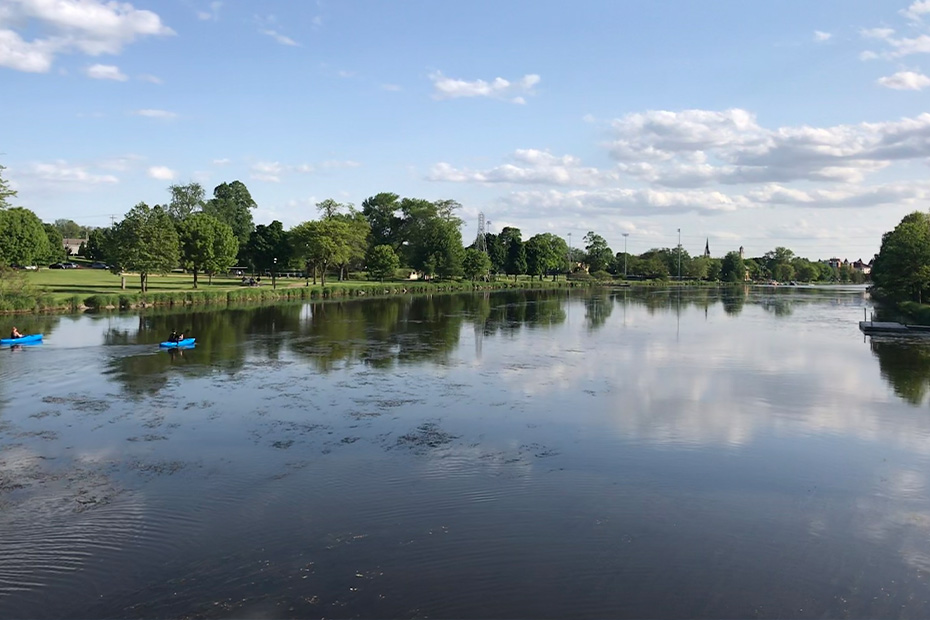
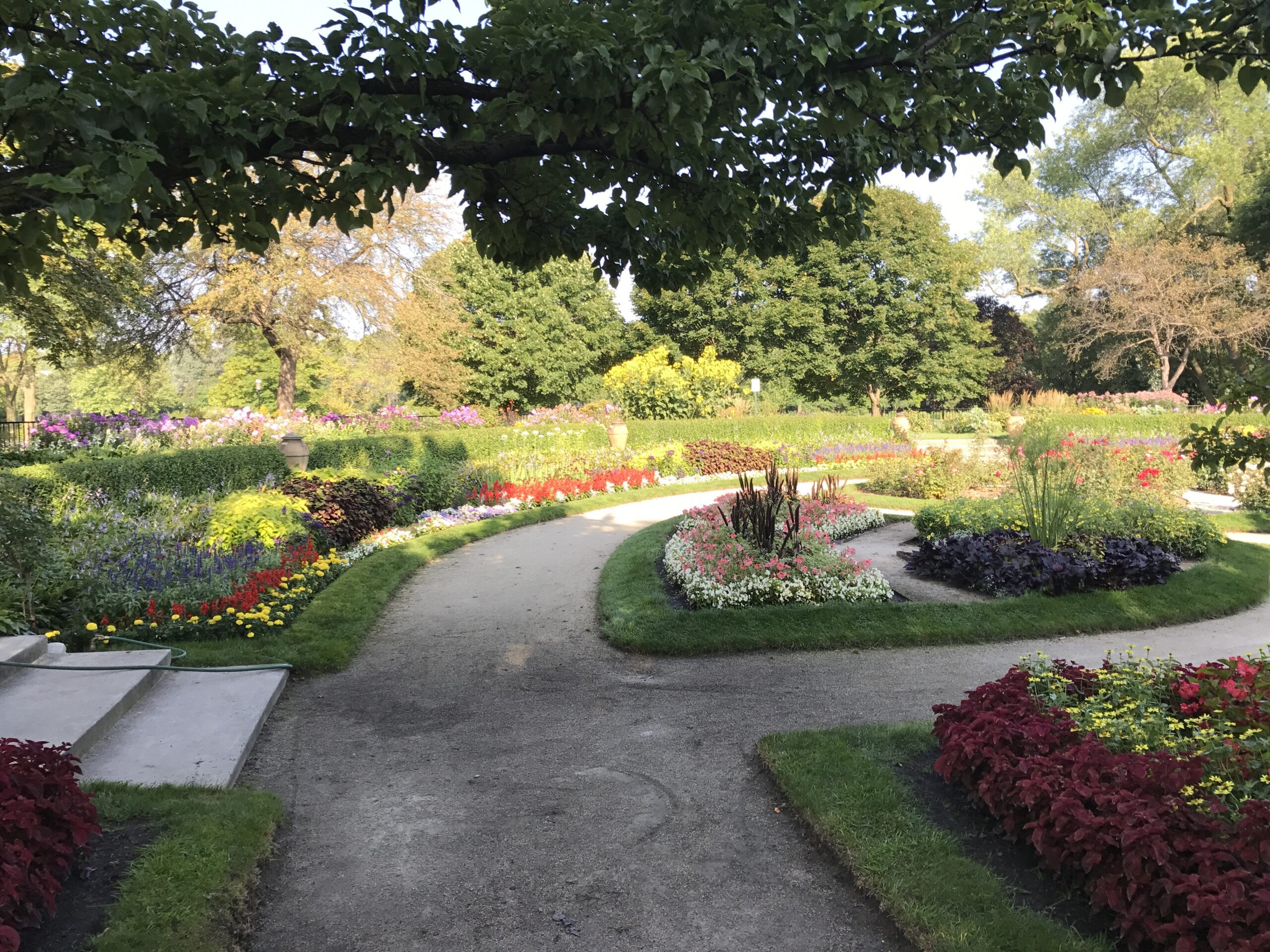
Upon their removal, southeast Wisconsin’s settlement quickly began to grow.Solomon Juneau of nearby Milwaukee was the first supplier to the area. His small store allowed settled families to purchase the provisions needed to survive the difficult winter of 1836-1837. The arrival of the first permanent general store followed in 1839.
The first sign of industry came in 1838 when a sawmill was constructed along the Fox River to supply lumber for community building projects. In 1839, a large flourmill — Forest City Mill — began operations and featured the only smutter (a device used to clean grain) in the entire territory. In 1840 land leased from Morris Cutler was developed into a limestone quarry. The first local newspaper reporting local, state and national news called the American Freeman printed its first edition in September of 1844, and the first hardware store in 1847 solidified the village as a growing hub. The village’s first manufacturing plant was erected in 1845, the Hickory Grove Brewery opened in the 1850s and in 1855, the Waukesha County Bank was established.
Waukesha, translated to mean “By The Little Fox,” gained worldwide notoriety as a resort area during the last quarter of the nineteenth century, all traced to a man named Colonel Richard Dunbar. Suffering from painful diabetes, Dunbar accidentally discovered the alleged “healing effects” of local spring water. Ending the search for a cure for his illness, he spent the last 10 years of his life believing and promoting that Waukesha spring water could indeed cure certain sicknesses.
Over the years, Waukesha has grown and prospered and now represents a thriving city (the seventh largest in Wisconsin) with more than 70,000 residents, defined by diversified industry, quality education, strong health care facilities, attractive and friendly residential areas and a qualified and experienced hospitality industry. While visiting Waukesha, you can enjoy the bygone era in the many parks, museums and carefully restored architecture of the downtown district.
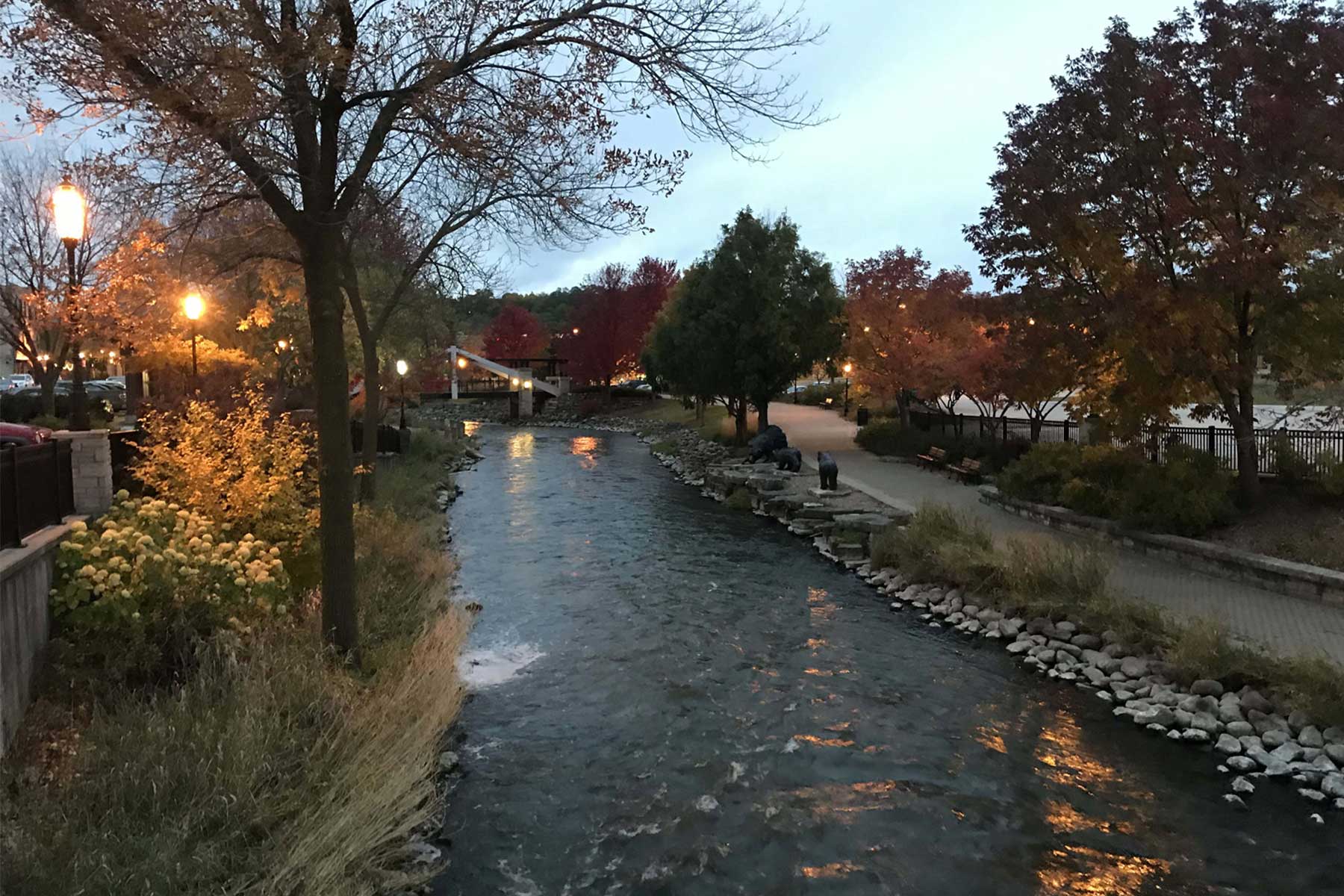
Pewaukee History
Pewaukee, meaning “Lake of Shells”, was first inhabited by the Sauk, Menomonie, Winnebago and Potawatomi American Indian tribes. Settlers didn’t arrive until 1836, establishing homes along Pewaukee Lake. Among some of the earliest settlers was Deacon Asa Clark, who later became a prominent presence in Pewaukee. Upon arriving to Milwaukee, Clark joined a partnership to open the first sawmill on Pewaukee Lake, later dissolving the partnership and opening a mill in 1838. The lime and stone industry followed in 1844 and flourished for many years. With the successes of early industry general stores, blacksmith and wagon shops were established to serve the growing number of workers in the area.
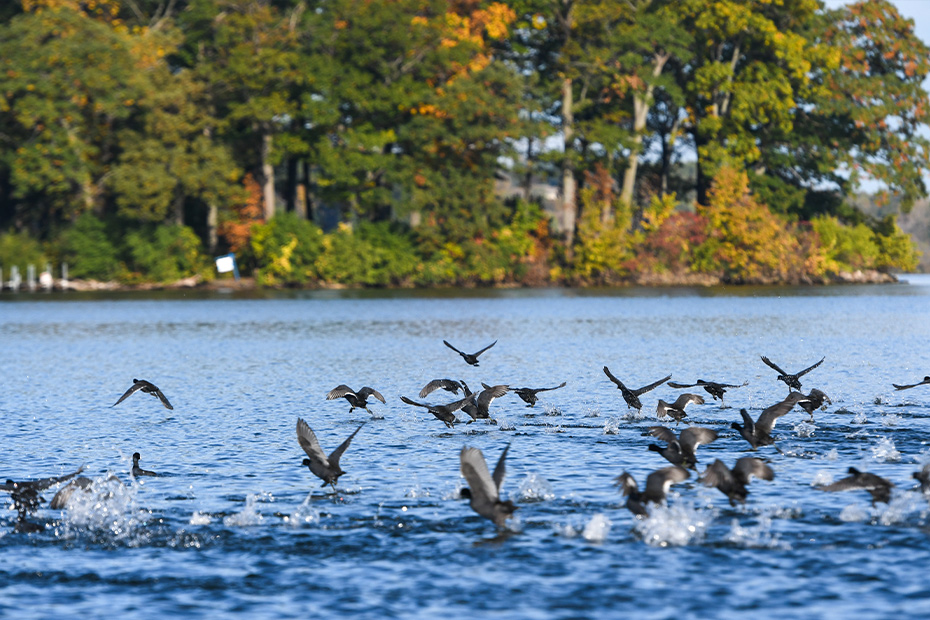
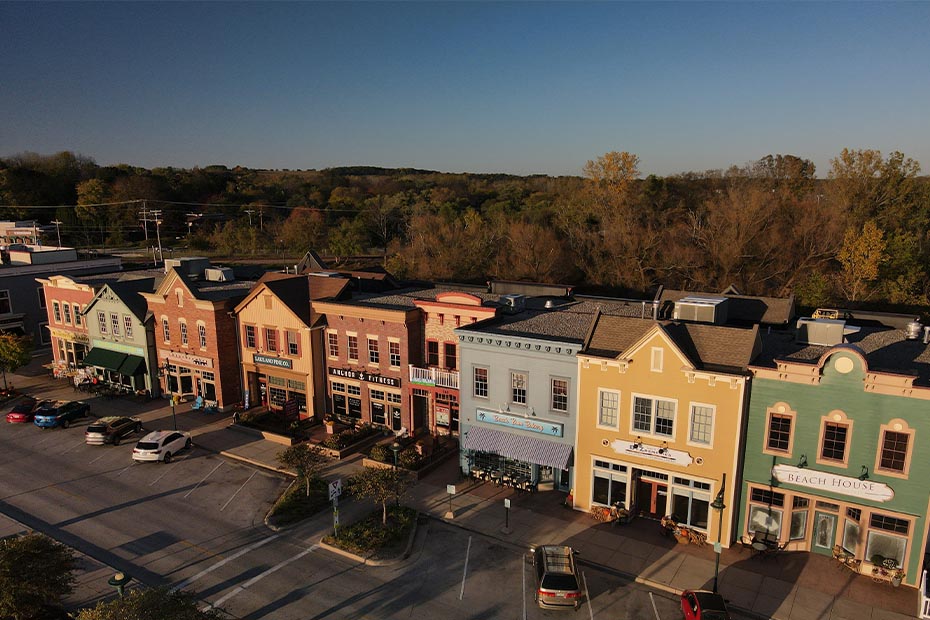
Soon after the extension of the railroad from Milwaukee in the 1880s, Pewaukee began to attract summer visitors in large numbers. Two prominent hotels serving the guests from Milwaukee, Chicago and other parts of the country were the Oakton Springs and Health’s. With clever advertising and word of mouth, the Pewaukee area quickly became known as a fisherman’s paradise and for its unrivaled beauty.
Today Pewaukee is still known as a fishing enthusiast’s dream come true, providing the best musky fishing in southeast Wisconsin. Pewaukee Lake also promises year-round fun — swimming, boating or fishing in spring and summer, strolling the shoreline to take in the many colors of autumn; and ice skating at Lakefront Park during the winter. Visiting Pewaukee means experiencing the charm and beauty of what our locals refer to as Lake Country living, while catching glimpses of times past.
How Else Can We Help?
If you’re planning your next visit or are curious about the services we offer, contact us! We’d be happy to accommodate any requests or specifications you may have. Let us know how we can make your experience a great one!
Lorem ipsum dolor sit amet, consectetur adipiscing elit. Ut elit tellus, luctus nec ullamcorper mattis, pulvinar dapibus leo.
